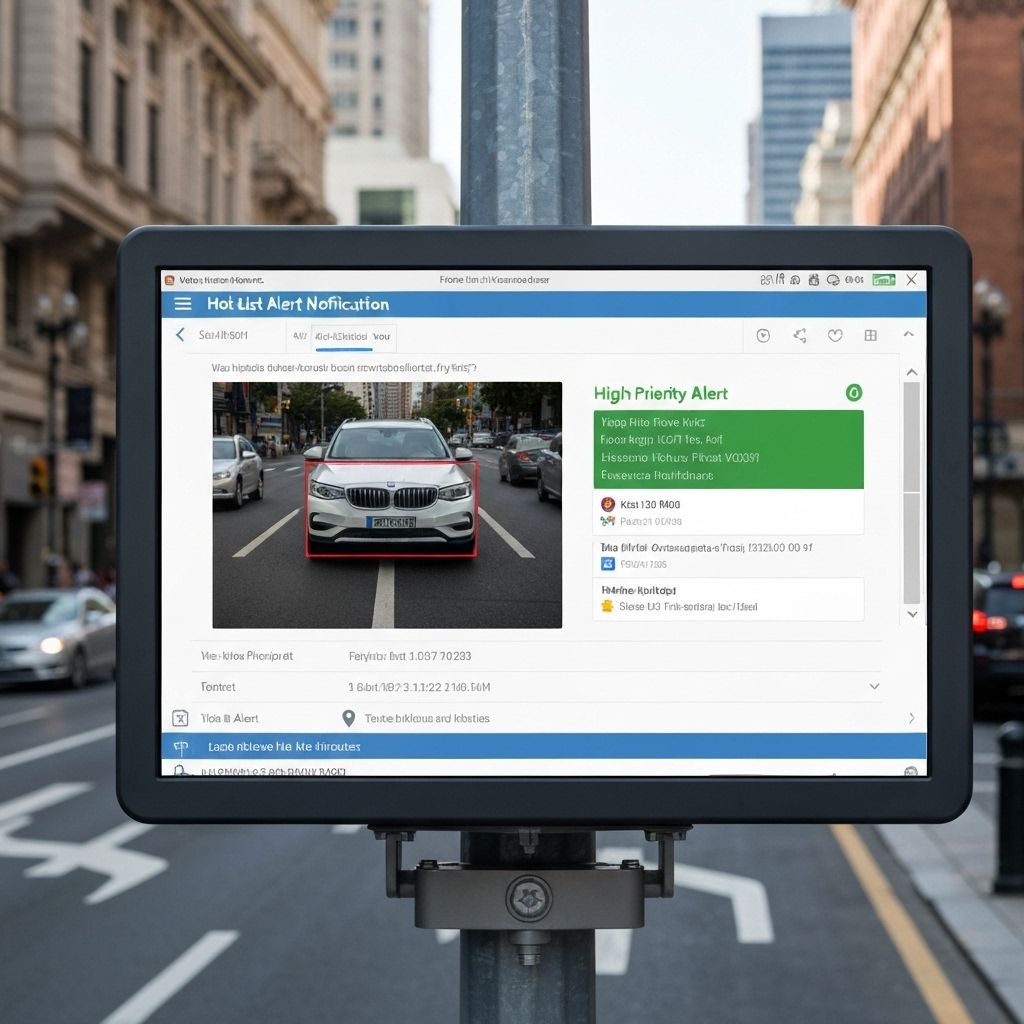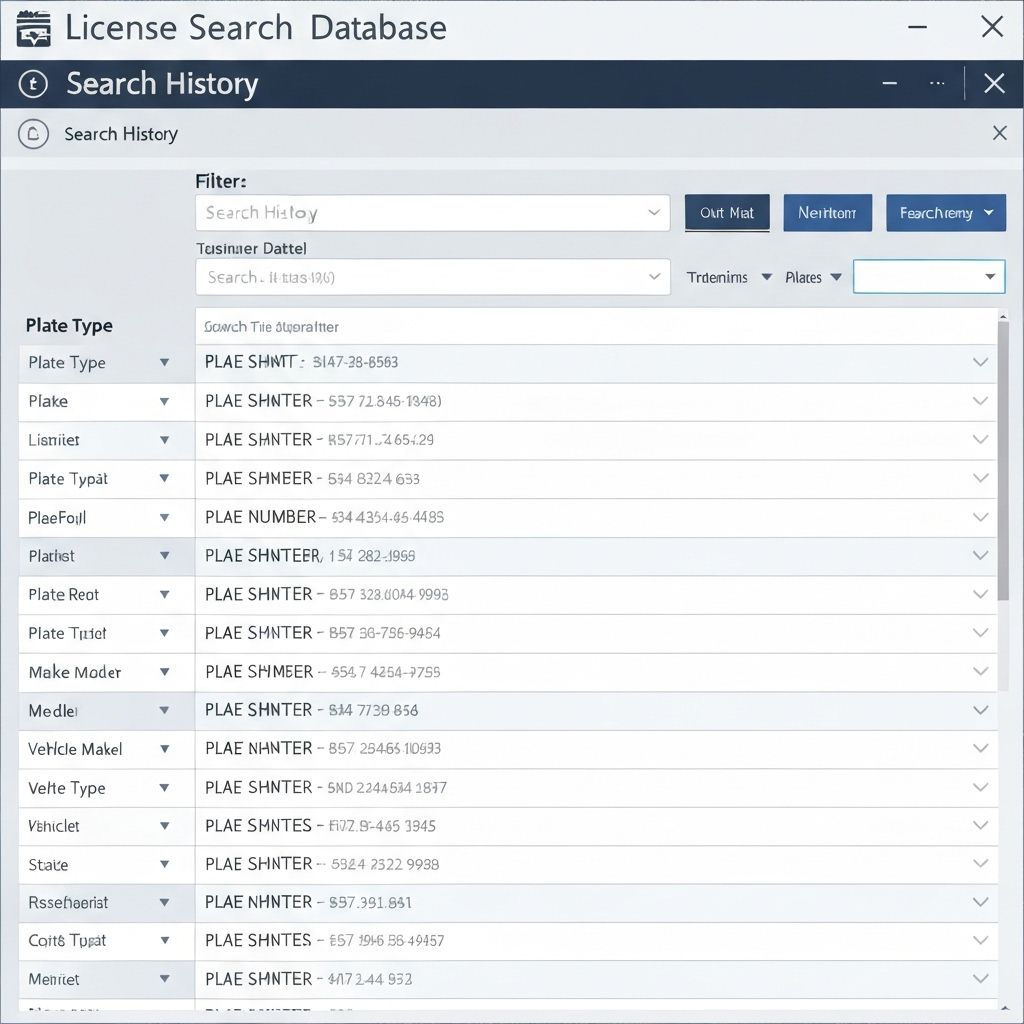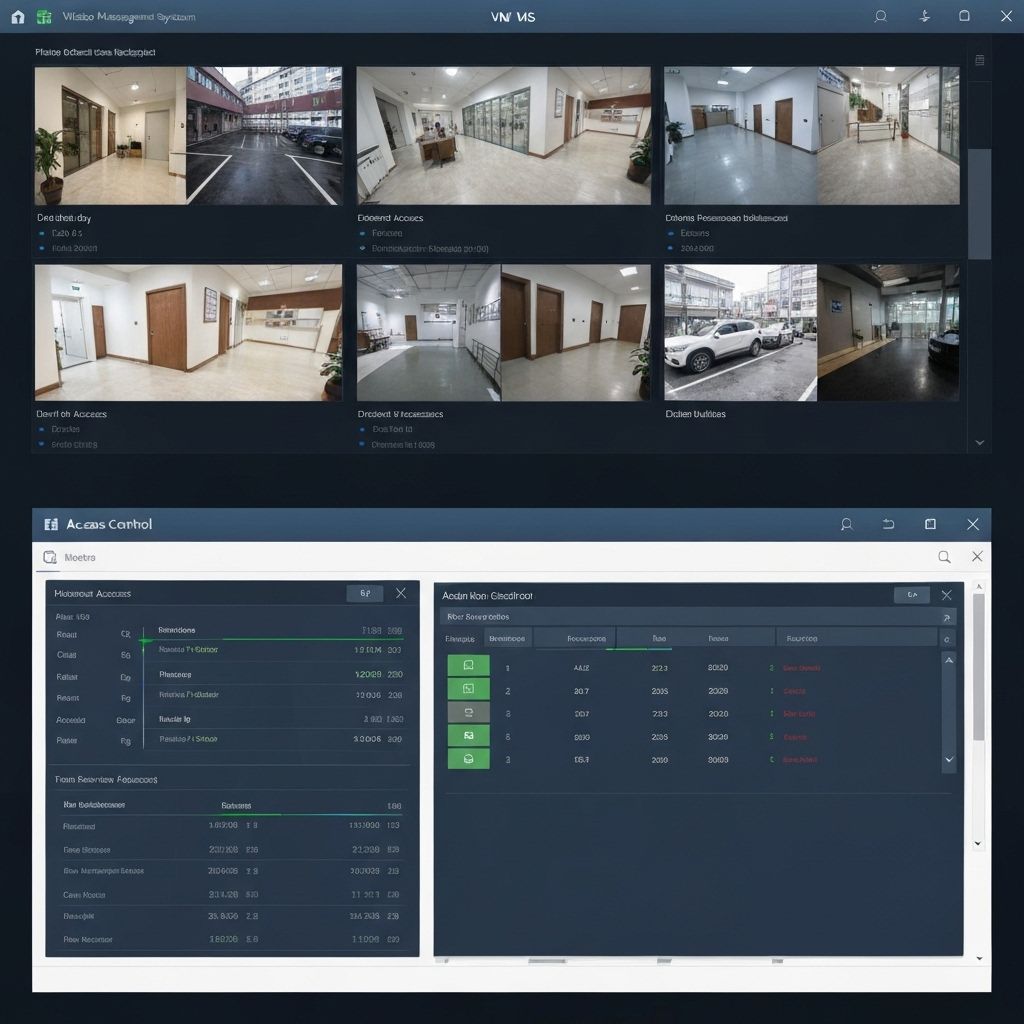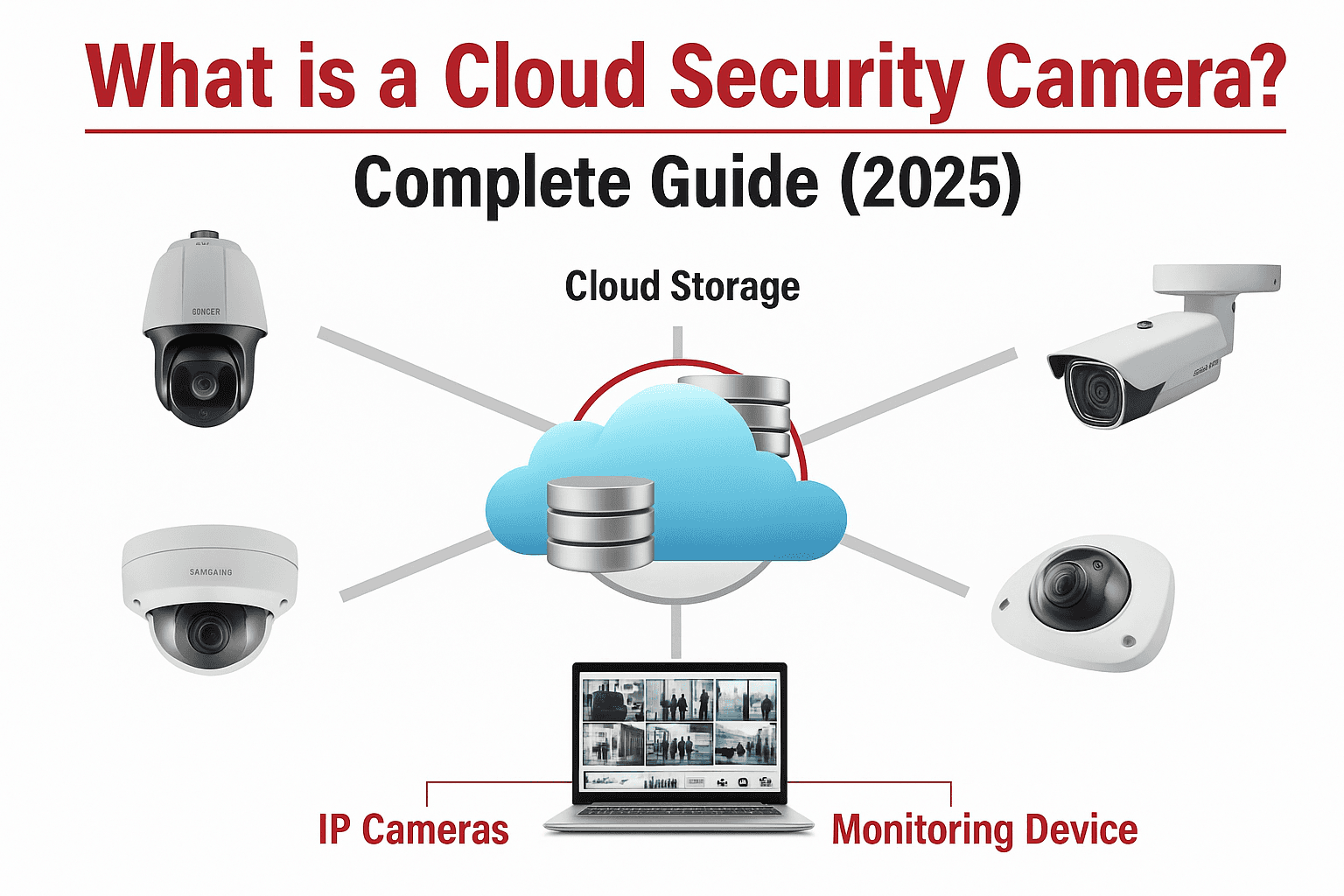Stop Vehicle Crime Before It Leaves Your Lot
Catalytic converter theft, unauthorized dumping, break-ins, and hit-and-runs often start and end with a license plate. Traditional cameras miss critical plate data at night or speed. Our LPR solutions deliver reliable plate capture day or night, connecting vehicles, time, and events into actionable evidence.
Yes. Purpose-built LPR sensors use IR illumination and shutter controls to read plates in low light, rain, and glare. We design angles, distances, and speeds to match your site so plates aren't blown out or blurry. You get consistent reads 24/7 without babysitting settings.
With proper placement and lensing, LPR captures plates at typical parking-lot and driveway speeds. For faster roadways, we adjust mounting height, field of view, and shutter timing to maintain read accuracy. We also set up zones that slow vehicles near entry points.
Standard cameras record scenes; LPR is engineered to read characters. It pairs optimized optics with recognition software that turns plates into searchable data. That means quick lookups, hot-list alerts, and vehicle histories in seconds—no scrubbing hours of video.
Most modern platforms support ONVIF streams and API integrations. We connect LPR to your VMS, access control, or alarm platform so alerts, bookmarks, and evidence live in one workflow. If you're cloud-based, we can centralize sites and users with role-based access.
We configure retention windows by policy, restrict who can search plates, and log all access for accountability. You control which plates trigger alerts and how long data is stored. Our goal: strong security with transparent, defensible practices.
Service Features
Instant Hot-List & Region-Match Alerts

Searchable Plate History in Seconds

Works With Your Cameras, VMS & Access Control

WHAT HAPPENS WHEN YOU CALL
Our proven installation process ensures your security system is properly configured and fully operational.
INITIAL CONSULTATION
We assess your security needs and provide a detailed proposal with recommendations.
SYSTEM DESIGN
Our engineers create a custom security system design tailored to your facility.
PROFESSIONAL INSTALLATION
Certified technicians install and configure all security equipment to specifications.
TESTING & TRAINING
Complete system testing and staff training to ensure optimal security performance.
Frequently Asked Questions
It depends on entrances, exits, and traffic patterns. We typically recommend one LPR per lane direction at each choke point. A short site walk lets us confirm angles, distances, and lighting to right-size the count.
Yes. Theft often correlates with specific vehicles returning at odd hours. LPR builds a history of plate reads and alerts when known plates reappear, helping you intervene before loss occurs and providing solid evidence if it does.
Most small to mid-size lots deploy in 2–3 weeks from approval, including design, permits (if needed), installation, and testing. Multi-site rollouts can be phased with a standard playbook to minimize disruption.
IR from the LPR handles night capture; we'll confirm ambient lighting for safety and general video context. We also advise signage for deterrence and compliance—simple notices reduce questions and set expectations.
Pricing varies by lane count, mounting, networking, and software. Many clients choose a turnkey package with hardware, licensing, and support. After a site walk, we provide a clear, line-item quote with options to fit your budget.
SERVICE COVERAGE AREA
We provide security system installation throughout Southern California and surrounding areas.
Blogs

What is a Cloud Security Camera? Complete Guide (2025)
Discover everything about cloud security cameras in 2025: how they work, key features, benefits, top brands, pricing, and implementation strategies for businesses.
READ MORE »
Essential Security Camera Placement: Best Practices for Maximum Coverage
Learn the strategic positioning techniques that security professionals use to ensure comprehensive surveillance coverage while maintaining privacy compliance.
READ MORE »
5 Common Access Control Mistakes and How to Avoid Them
Discover the most frequent access control implementation errors that compromise security and learn proven strategies to prevent them in your facility.
READ MORE »